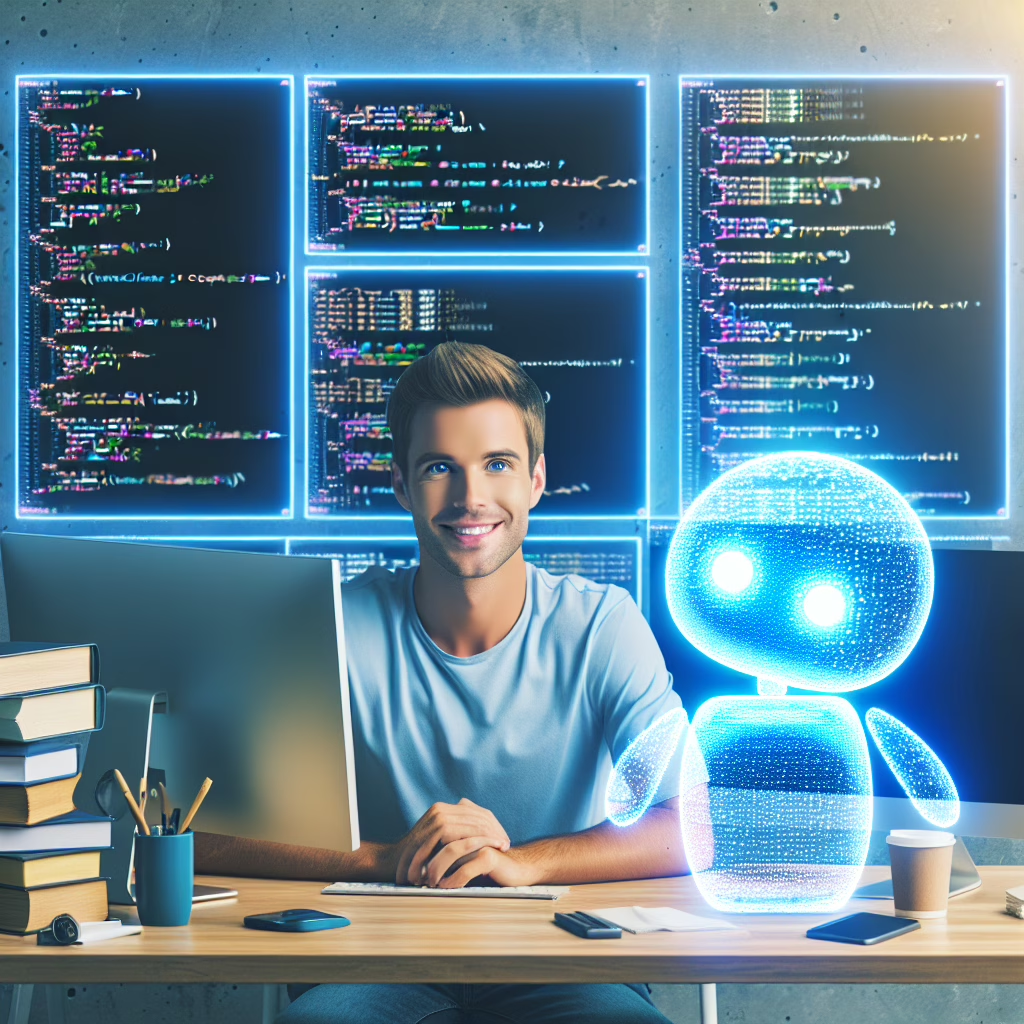In the ever-evolving world of technology, the recent announcement from OpenAI about their new 4.1 AI model has everyone buzzing—yes, even your cat seems intrigued. This latest upgrade promises to be a game-changer for coding and software development in 2025. Imagine an AI that not only understands your code but also anticipates your coffee breaks!
What’s New with OpenAI’s 4.1 AI Model?
The 4.1 AI model isn’t just a shiny new toy for developers; it comes packed with features that could make any coder swoon. First off, this model has shown remarkable improvements in understanding context, which means fewer “syntax errors” that make you want to pull your hair out. Instead of questioning your life choices every time you hit ‘run’, you’ll find yourself pondering the mysteries of the universe (or at least what to have for lunch).
So, what does this mean for the average coder? Well, with enhanced natural language processing capabilities, this model can translate everyday human requests into code snippets faster than you can say “debugging.” Gone are the days of wading through endless documentation; now you can simply ask the AI to generate code that meets your needs.
How Will This Impact Software Development?
The impact of the 4.1 AI model on software development is nothing short of revolutionary. Developers can expect to save time and energy by allowing this intelligent assistant to handle repetitive tasks. Picture this: instead of manually writing boilerplate code, you can kick back, sip a latte, and let the AI do the heavy lifting. It’s like having a superpower—without the spandex!
This upgrade means teams can focus more on creativity and innovation rather than getting bogged down by mundane tasks. Developers will have more time to brainstorm wild ideas, such as an app that tells you how long you’ve been procrastinating on your project. (Spoiler: it’s been too long!)
Learning Curve? More Like Learning Slope!
If you’re worried about adapting to this new technology, fear not! The 4.1 AI model is designed with user-friendliness in mind. It features intuitive interfaces and straightforward commands that make it accessible even for those who still think a variable is something you find in a science experiment gone wrong.
This means that whether you’re a seasoned developer or just dipping your toes into the vast ocean of programming, you’ll find this tool helpful. Plus, think of all the time you’ll save! With less time spent debugging, you could finally finish that novel you’ve been working on since 2010—or at least catch up on those Netflix shows.
Collaboration Is Key
The beauty of the 4.1 AI model lies in its ability to facilitate collaboration among teams. Imagine a group of developers working together seamlessly, each one contributing their unique skills while the AI manages integration and testing. It’s like having a well-oiled machine, only without the oil stains on your favorite hoodie.
This collaborative approach fosters creativity and helps teams produce better products faster—because who doesn’t want to be known as the team that delivered a project ahead of schedule? You might even earn that coveted “Employee of the Month” plaque!
The Future Looks Bright!
As we venture further into 2025, the implications of OpenAI’s 4.1 AI model are exciting and vast. With its enhanced capabilities, developers are not just keeping pace with technological advancements; they’re leading the charge into uncharted territories. The possibilities are endless! From automating mundane tasks to enhancing collaboration and fostering innovation, this AI model is set to redefine how we approach software development.
So, dear readers, what do you think? Are you excited about the future of coding with OpenAI’s latest offering? Share your thoughts below!
A special thanks to Wired for their insightful article that inspired this piece! You can read the original article here.
Additionally, for further insights into technological advancements, don’t miss our article on Microsoft’s commitment to environmental sustainability. It’s a perfect complement to the innovations brought by the 4.1 AI model.

